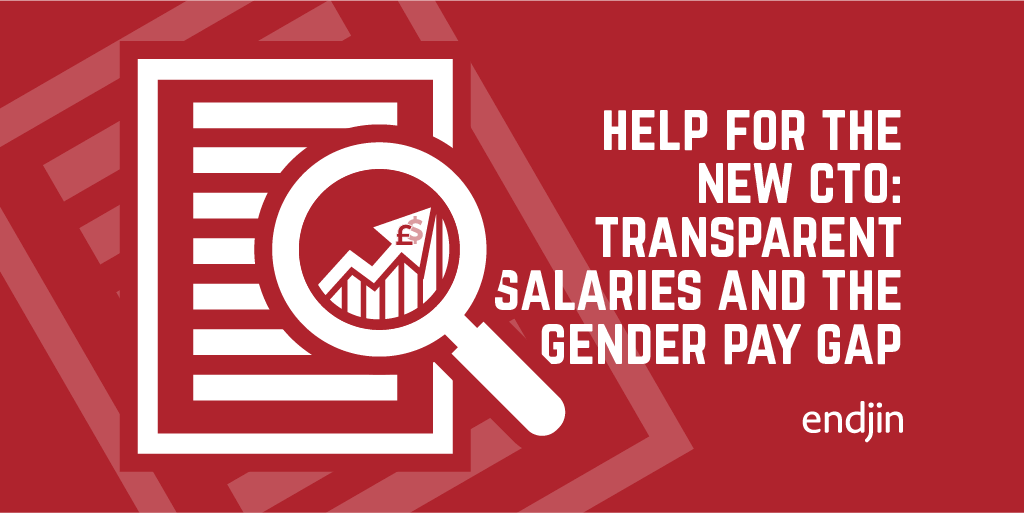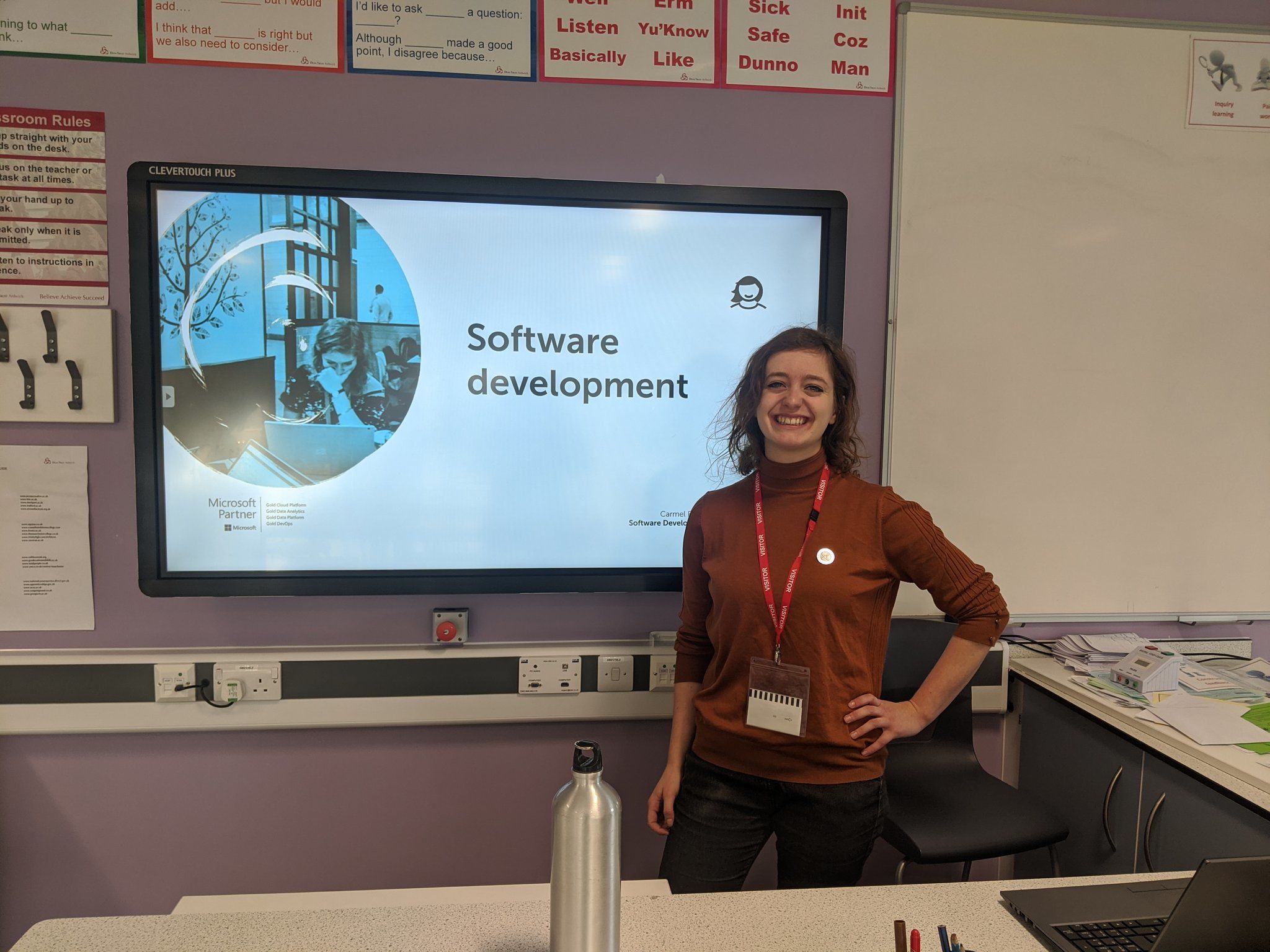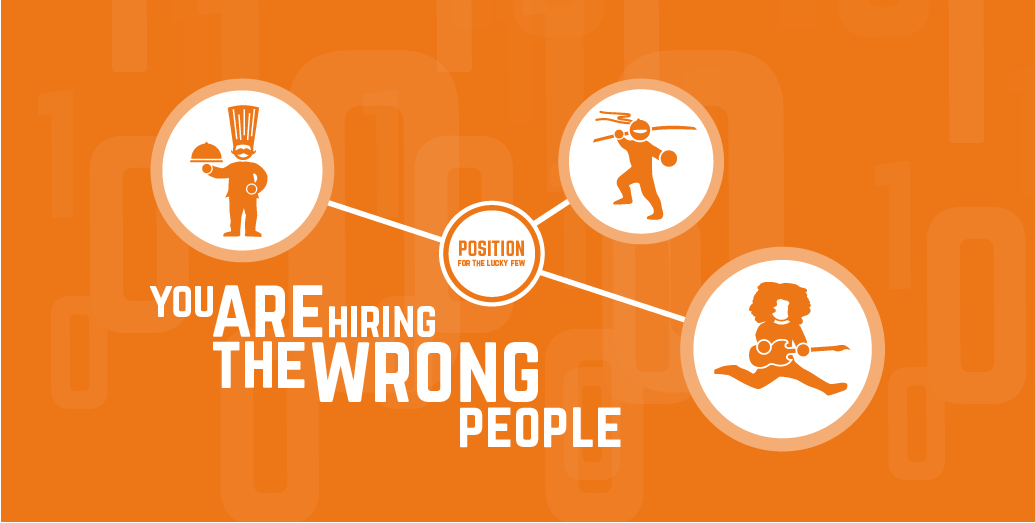Help for the new CTO: Transparent salaries and the gender pay gap

Salaries. What a nightmare! Hardly anyone likes talking about money. Technical people don't like talking about money. Even a lot of sales people don't like talking about money.
When a CTO comes into an organization (even a brand new start-up) one of the first things you need to sort out is the salary quagmire.
And it will be a mess, I guarantee it.
The tech sector is particularly bad – and the gender pay gap is a good measure of how bad. The UK economy as a whole has a dreadful 18% gender pay gap. In the tech sector, men earn 25% more than women.
Part of this problem is that pay is usually determined by the ability of the individual to negotiate a higher salary.
Let's pause for a moment. People are generally paid what they can negotiate.
Is that a capability you particularly value in your tech team? The ability to leverage a salary negotiation?
If not, then you should consider an alternative approach: open salaries linked to capabilities that the business values. We have a video on the subject of capabilities over here. Have a watch, and then we will dig into the challenges of an open process.
Are you back? Good.
Although in the medium term this a hugely beneficial approach to career development – realising potential and rewarding capability as it delivers value to the business – it can have challenges as it is introduced. The very things you want it to deliver (openness and transparency) cause friction.
- It brings salary discrepancies out into the open
- It brings capability discrepancies out into the open
People will come into 3 categories as the system is applied
- Those who were being underpaid for the role they are performing. They will receive a significant pay rise and job title enhancement
- Those who were being paid (just under) the correct amount for the job they are performing. They will be "rounded up" to the correct salary band, and maintain an equivalent title
- Those who were being overpaid for the job they are performing. Their job title will be matched to their salary, and there will be a capability gap
Generally, those who were underpaid and see a significant rise in public status and pay are very happy with the introduction of this regime and will be advocates. This is a virtuous circle, as their leadership in implementing the processes will accelerate their own development to the next level.
Those who are being overpaid tend also to be happy initially – while they have not seen a significant salary increase, their status is enhanced. It is in the longer term that they will begin to feel challenged. The discrepancy between expected capability and actual performance will put them under significant pressure, and they will need a lot of career development support. Some will step up, and some will seek a quieter life elsewhere (a process eased by the bump in their job title). Either way, you will have to invest a lot of time in these people to get the best outcome for them.
Counter-intuitively, the people who are the best fit for the new model are likely to feel the most friction, at least initially. They have seen neither a significant job title increase, nor a significant salary increase. This can feel like others have been "preferred" over them. It is the mirror image of the first case, and can be a vicious circle. Their lack of enthusiasm for the new process means they tend to retreat into themselves, and not take the positive, influencing role they will need to develop to move up the career pathway. So, you need to help them to understand how they can invest in themselves and get to the next level more quickly.
Despite the challenges, and the emotional energy this will take to implement, it is well worth while. It is not a one-stop fix for the gender pay gap problem (managers still need to stick to the spirit of the process, and avoid the "I don't really see you as a senior person" barrier to advancement), but it creates a framework where there are fewer places to hide, on either side of the table.




